

Do you know the difference between model railway gauges and model railway scales, or wondering what gauge model railway supplies you need? These two terms are closely associated with the hobby of railway modelling, but are often used interchangeably, which means they can become confused.
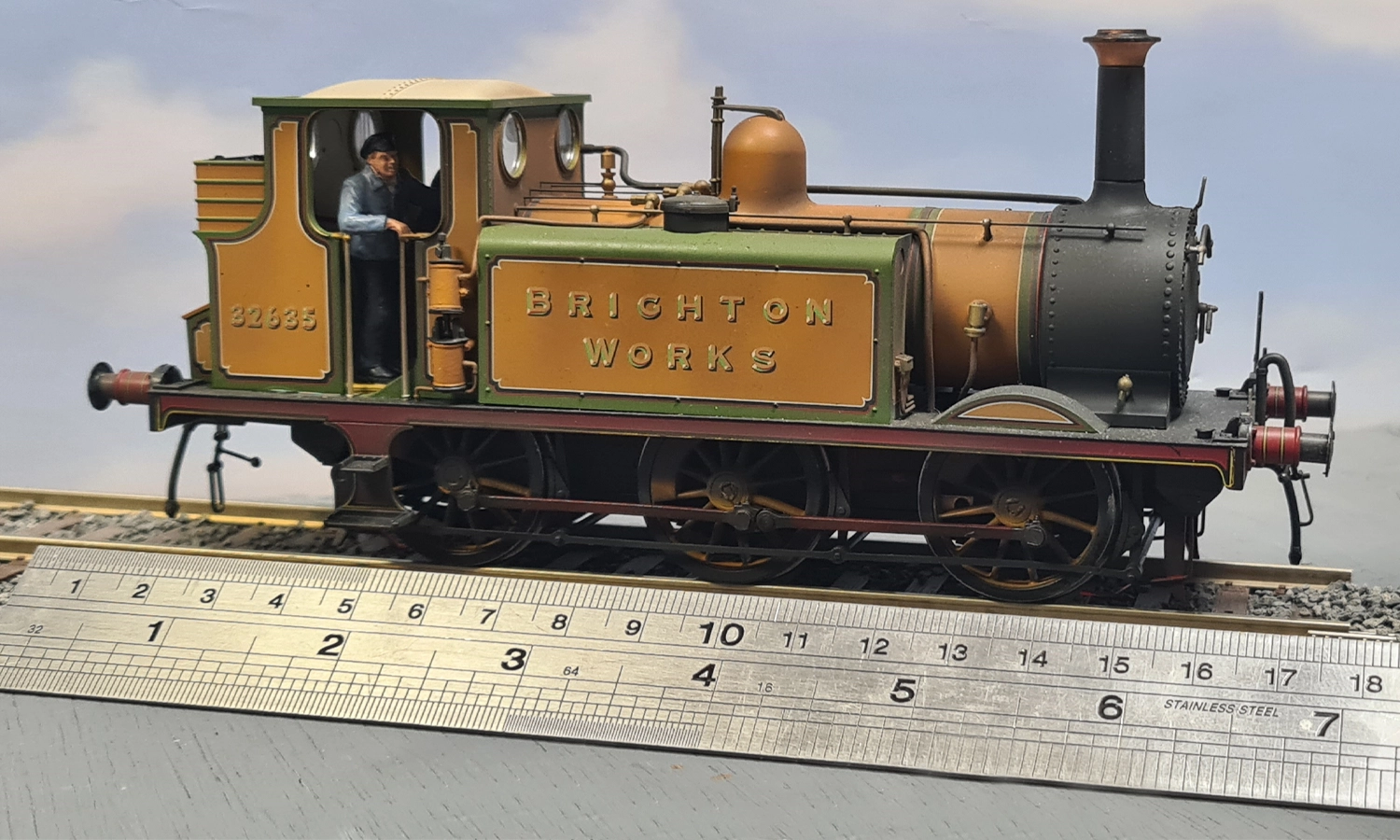
An O Scale Brighton Works Locomotive
While both of these terms describe an aspect of a model railway, they are in fact different, and it’s important to understand the difference between each term to help when you’re reading online how-to articles, or shopping for new additions to your set-up. Read on to discover the difference between model railway gauges and model railway scales.
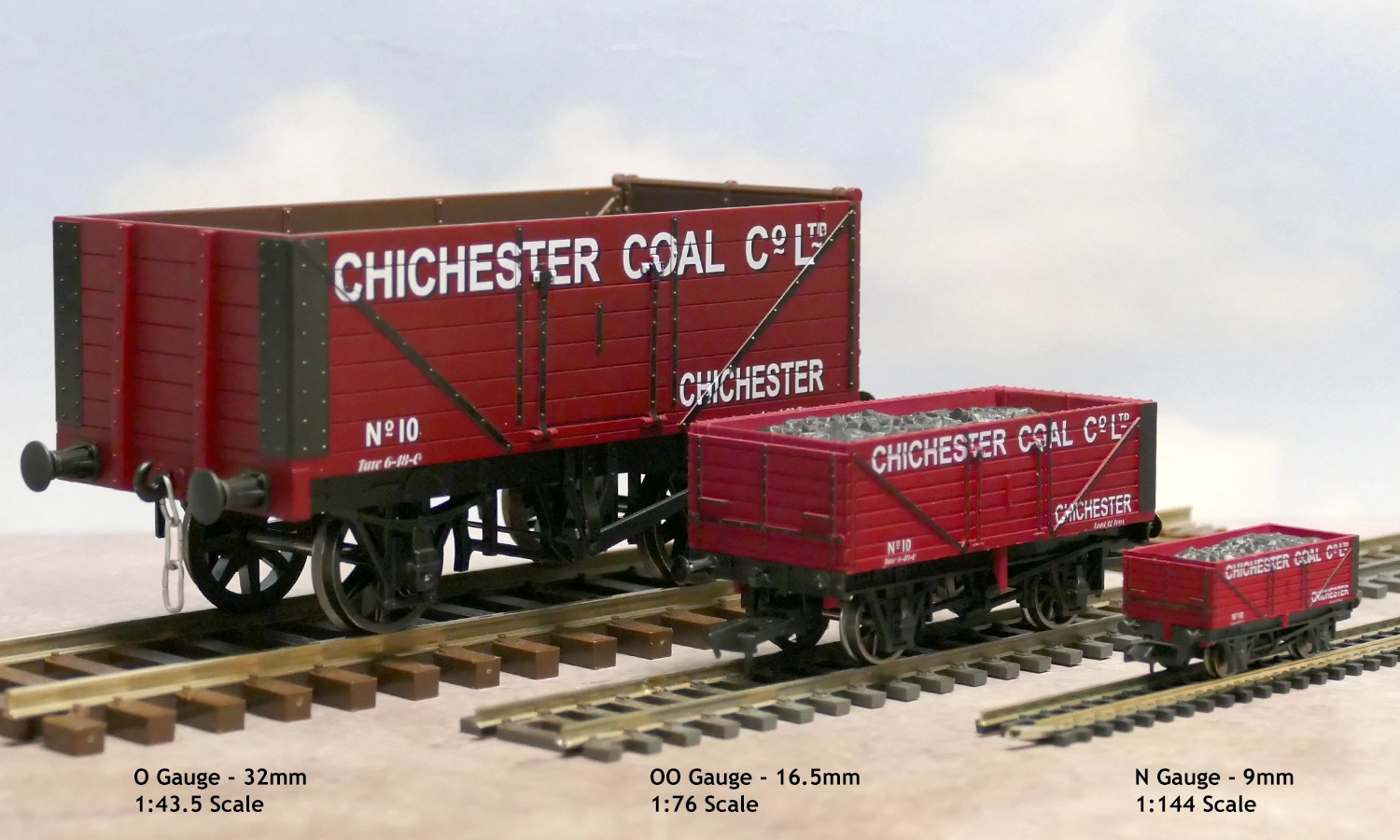
Caption: Here we see the same wagon in O scale, OO scale, and N scale
It can be extremely confusing to see ‘gauge’ and ‘scale’ used interchangeably, but the key difference between model railway gauges and model railway scales is:
When we think about the standard Hornby train set, it can be referred to as an OO gauge (16.5mm between the rails) with a scale of 1:76. The model is 76 times smaller in every direction than the real-world counterpart. Another way of thinking of it is that if you laid 76 of the models end to end, it would be the same length as one real one. The same goes in any direction - pile up 76 on top of each other, or 76 side by side. To add to the confusion, it’s sometimes referred to as 4mm scale, as 4mm on the model relates to 1ft in the real world.
Before World War II, very little existed in the way of standards for railway modelling, which meant that the modeller was usually tied into a single brand to ensure consistency. After the Second World War, the industry began to rebuild itself; Tri-ang for example, had given their production facilities over to manufacturing the STEN Gun (a British submachine gun used during WWII). One of the Lines brothers, the brothers behind the Tri-Ang name, took the STEN Mk II and improved its design to become the Mk III.
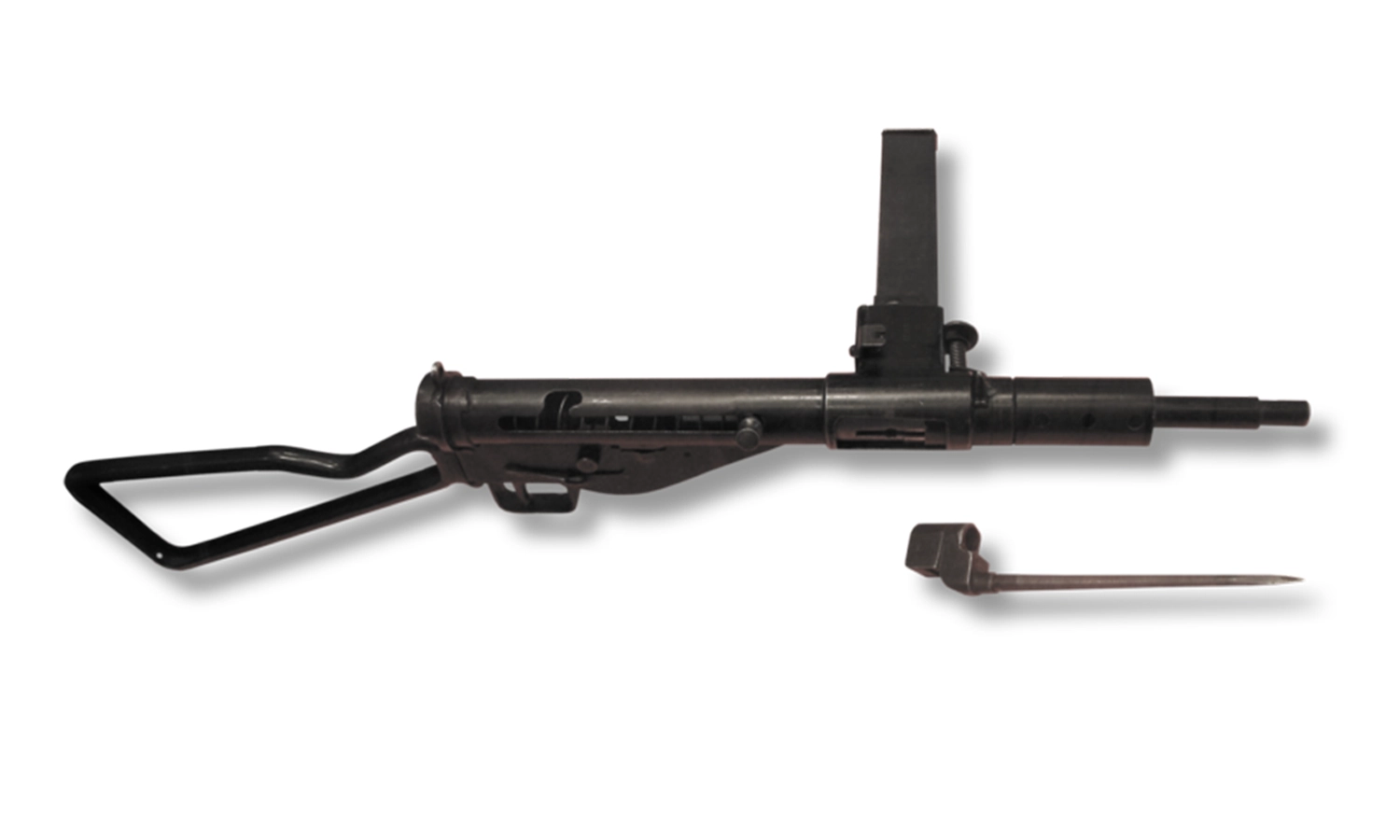
The STEN MkII that was redesigned into the MkIII by the Lines brothers
As part of this process, the development of standards for model railway scales was considered, and the British Railway Modelling Standards Bureau was formed by the then-editors of Model Railway News and Model Railway Constructor, along with several eminent modellers of the time.
However, the Bureau was unsuccessful in achieving its goal on several counts: it had no direct links with the model railway club movement; its meetings were held at irregular intervals and unpublicised locations; and it lacked the necessary 'teeth' to influence the manufacturers, with most paying no more than lip service to their recommendations.
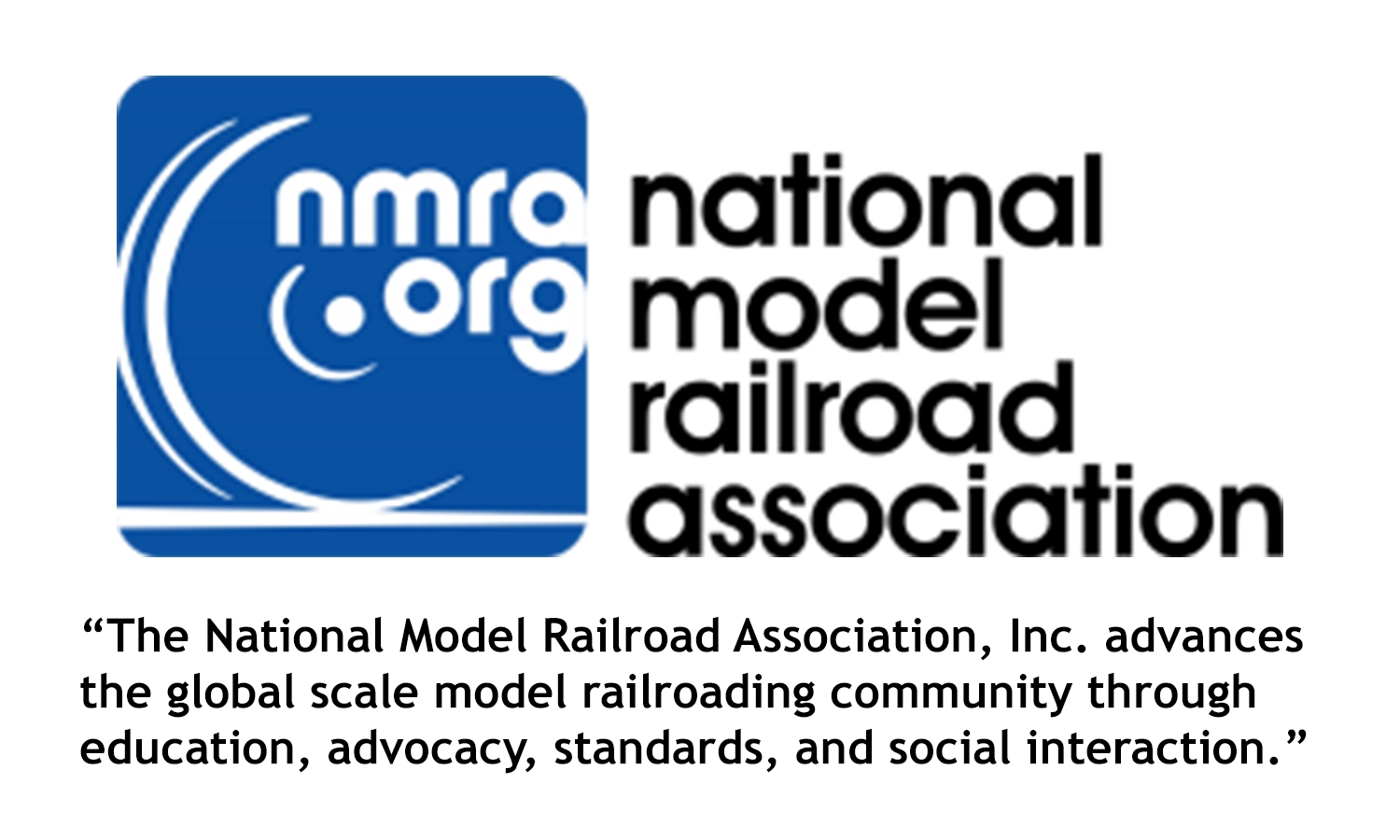
The company logo of the NMRA; founded in 1935, it was key in defining the standards for today’s model railways
In the US, the NMRA (National Model Railroad Association), was also setting standards and enjoyed more success. It issued ‘Conformance Warrants’ to show compliance, and carried out checks to ensure that each manufacturer was adhering to them. Most of the model railway manufacturers saw the benefit in maintaining the Warrant for fear of losing it and suffering the subsequent adverse publicity - with these standards later being adopted universally.
The NMRA is still in operation today, and works in close collaboration with NEM (Normen Europäischer Modellbahnen) Standards, which are instigated and maintained by MOROP (aka the European Federation of Model Railway Associations). Fun fact: it’s known as MOROP from ‘MOdellbahn’ (German for ‘model railway’ and EuROPe). Together, they are working to get a complete standard for every aspect of model railway manufacturing, and are currently working on the standards for the development of DCC and its protocols.
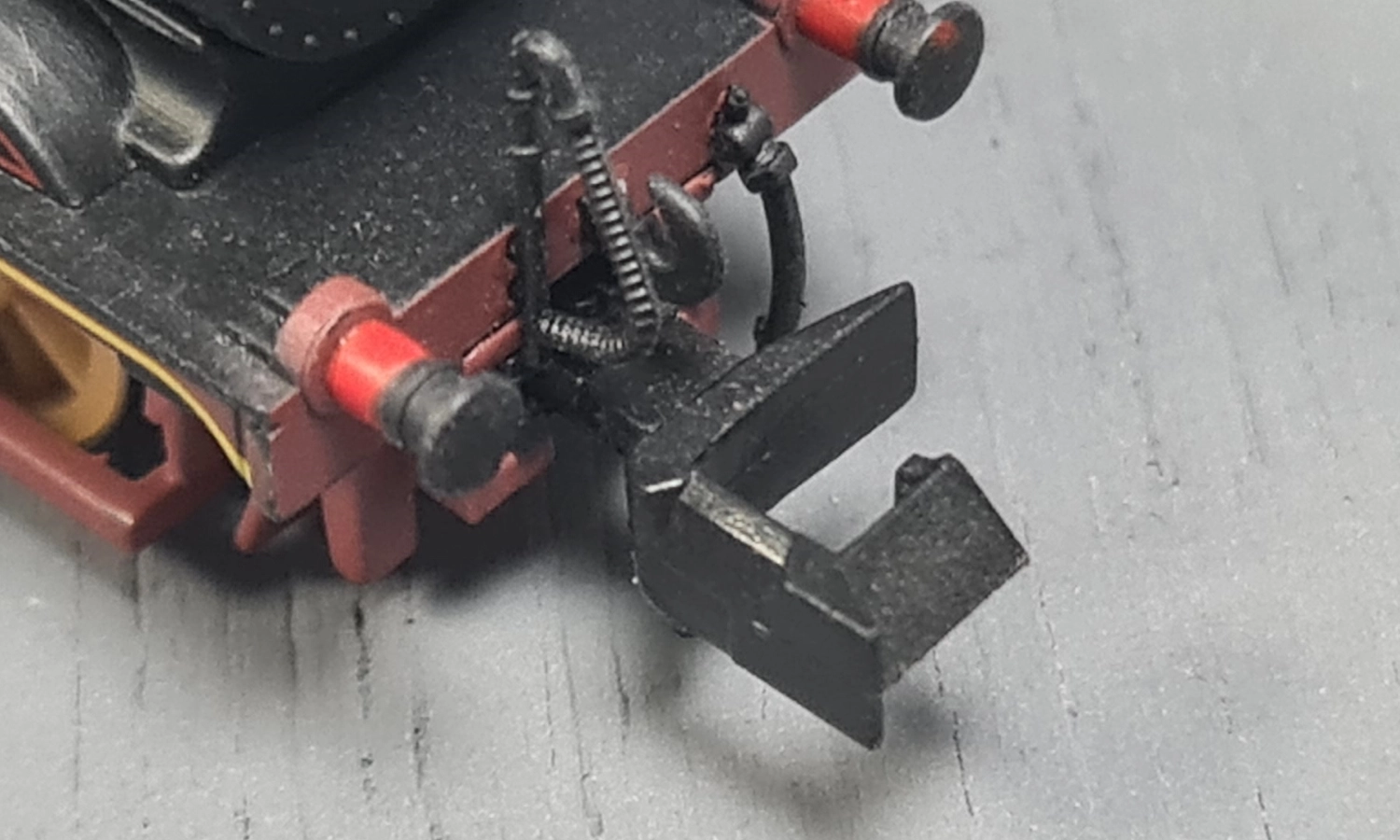
The most well-known NEM standards are for couplings and DCC Decoder sockets
After the end of the Second World War, most railway models produced were manufactured to the Gauge 1 scale. As technology improved, the popularity of model railways increased and costs came down, and more people realised that they could afford to get in on the hobby, but many needed something a little smaller than what was available at the time.
So, what could be smaller than Gauge 1? Gauge 0! Note: in Europe, the zero is still used when talking about this model railway gauge, but the US and subsequently the UK has changed this to O Gauge over time.
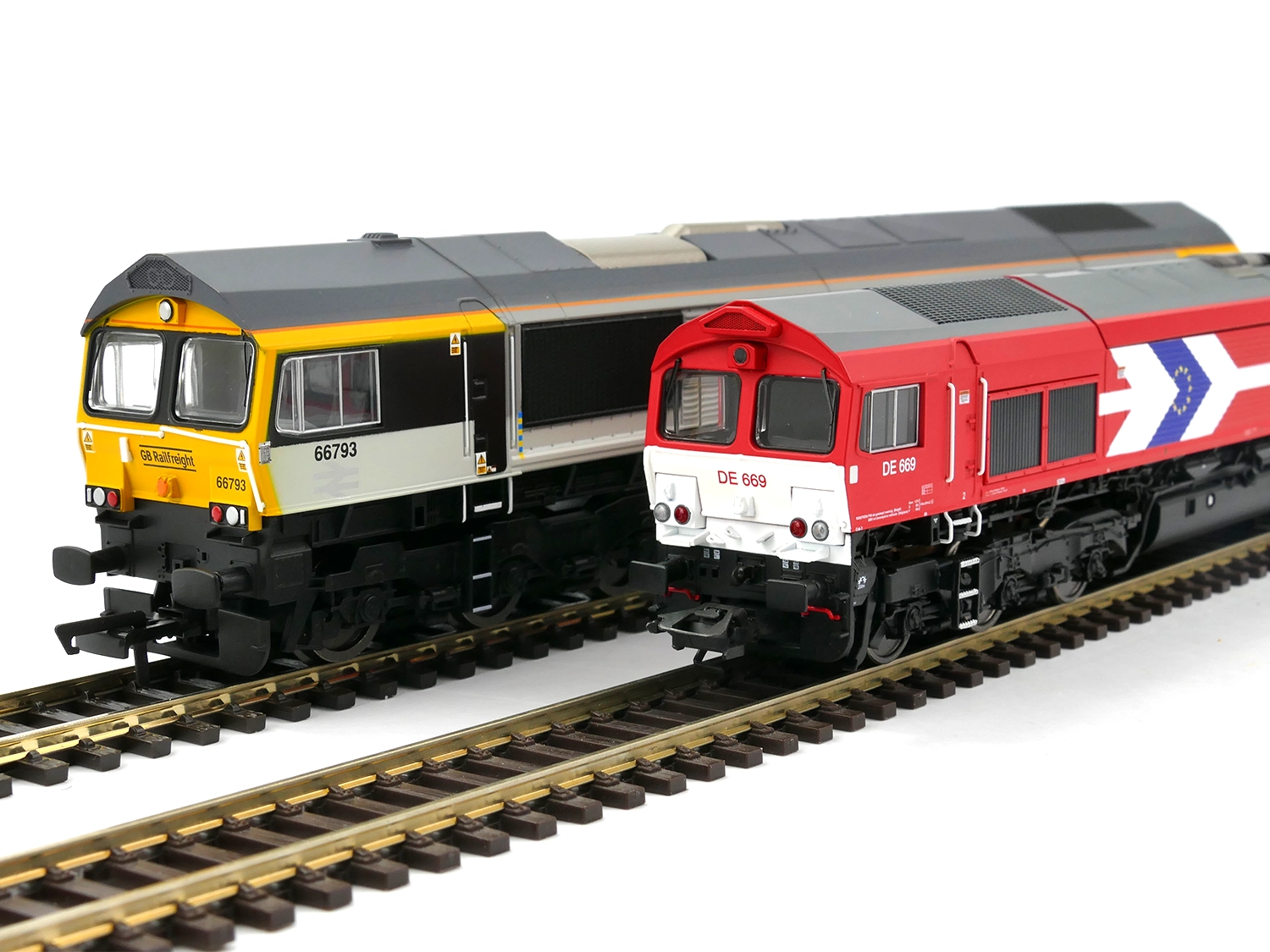
Here we see OO and HO Scale models of the same locomotive; the Class 66. Although different scales, they both run on the same gauge track
As things progressed and technology improved, a further down-sizing was practical to Half 0 (known as HO), with OO gauge allowing models of the smaller British prototypes to be manufactured at a reasonable size. The technology at the time didn’t allow for the production of motors small enough to fit in a true HO scale model of a British locomotive, so the bodies were enlarged to counter this, and OO scale was born as the compromise. Since then, with the further development of technology, things have become even smaller with the introduction of N, TT, and Z scales, and most recently T scale.
Traditionally, it was common to refer to the likes of Hornby and Tri-ang as OO gauge or OO scale models, as these were the main core products. But as the hobby grew, more modellers realised that they were not constrained by off-the-shelf models. Making buildings and models from sections of plasticard and other odds and ends became prevalent in the hobby, and this led to what is known as perspective modelling. In short, this means that the further back a scene goes, the smaller objects become, and the smaller scales of items are used. This creates a forced sense of distance, in a limited depth model.
What’s more, not all full-scale prototypes were to the Stephensonian 4'8½" gauge. The UK alone has the many Narrow Gauge lines, and during early railway development contained a Broad Gauge pioneered by Isambard Kingdom Brunel. Europe and the rest of the world also has an assortment of narrower and broader gauges.
It’s interesting to note the influence that manufacturers can have on the evolution of model railway scales. For example, in recent years, Kato has introduced models of metre gauge prototype stock to a scale of 1:150, but that run on ordinary N Gauge track (referred to in the table below as Nm9). Meanwhile, Bemo has followed the lead by introducing models of the same prototype in H0 scale but that run on H0 gauge track (H0m16).
There is only one way to specify model railway gauges as it deals specifically with the distance between the rails. However, there are two commonly used ways to identify a scale: either by the number of mm or inches to the foot - OO = 4mm to the foot, or as a ratio; OO = 1:76 scale. To put the calculation for model railway scales into perspective, if 4mm = 1ft, a six foot-high person would scale to 24mm. At 1:76, the same person would be 24.06mm high. As these figures are pretty much the same, the two forms are reasonably interchangeable.
Now, let's take a look at a Narrow Gauge railway, such as the Ffestiniog Railway. The railway runs on 1'11½" gauge track - at 1:76, this works out to around 7.8mm. The nearest commercial track is N Gauge at 9mm, so the model would effectively be an OO Scale coach running on N Gauge track. This is where the OO9 Scale/Gauge combination originates. The different gauges can be seen most easily in the real world at interchange stations where both standard gauge and narrow gauge lines meet – Blaenau Ffestiniog in Wales has mainline services and narrow gauge services running into the same station.
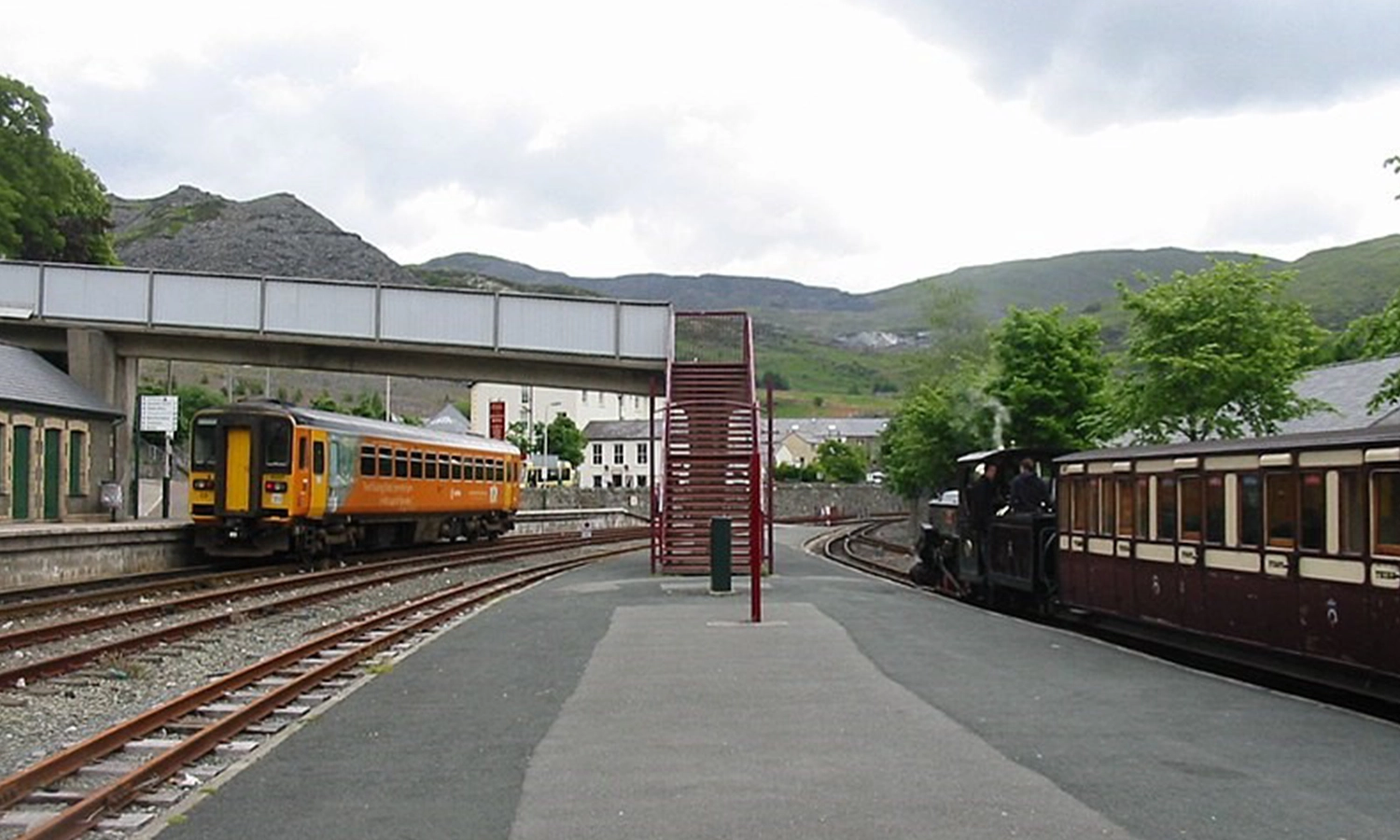
On the left, you can see the two main-line tracks, and on the right-hand side, there is narrow gauge track running either side of the island platform
Take a closer look at how model railway scales and model railway gauges are calculated in the below table:
| Common Name | Scale | mm/ft | Track Gauge | Gauge Represented |
| G | 1:22.5 | Various | 45mm | Narrow Gauge |
| 1F (Fine) | 1:30.5 | 10mm:1ft | 45mm | Standard Gauge |
| 1 | 1:32 | 9.53mm:1ft | 45mm | Standard Gauge |
| O (Scale 7) | 1:43.5 | 7mm:1ft | 33mm | Standard Gauge |
| O (Finescale) | 1:43.5 | 7mm:1ft | 32mm | Standard Gauge |
| O (German) | 1:45 | 7mm:1ft | 32mm | Standard Gauge |
| O (American) | 1:48 | 7mm:1ft | 1 ¼” | Standard Gauge |
| S | 1:64 | 4.76mm:1ft | 7/8” | Standard Gauge |
| OO | 1:76 | 4mm:1ft | 16.5mm | Standard Gauge |
| OO9 | 1:76 | 4mm:1ft | 9mm | Narrow Gauge |
| P4 | 1:76.2 | 4mm:1ft | 18.83mm | Standard Gauge |
| EM | 1:76.2 | 4mm:1ft | 18mm | Standard Gauge |
| HO | 1:87 | 3.5mm:1ft | 16.5mm | Standard Gauge |
| HOm | 1:87 | 3.5mm:1ft | 12mm | Narrow Gauge |
| HOn3 | 1:87 | 3.5mm:1ft | 12mm | Narrow Gauge |
| HOe | 1:87 | 3.5mm:1ft | 9mm | Narrow Gauge |
| HOn30 | 1:87 | 3.5mm:1ft | 9mm | Narrow Gauge |
| TT3 | 1:102 | 3mm:1ft | 12mm | Standard Gauge |
| TT | 1:120 | 2.5mm:1ft | 12mm | Standard Gauge |
| N (British) | 1:148 | 2.06mm:1ft | 9mm | Standard Gauge |
| N (Japanese) | 1:150 | 2mm:1ft | 9mm | Standard Gauge |
| Nm9 | 1:150 | 1.905mm:1ft | 9mm | Narrow Gauge |
| N (European) | 1:160 | 1.905mm:1ft | 9mm | Standard Gauge |
| Z | 1:220 | 1.385mm:1ft | 6mm | Standard Gauge |
| T | 1:450 | 0.0267mm:1ft | 3mm | Standard Gauge |
At Gaugemaster, you can shop by different model railway scales and gauges to find the ideal pieces for your models. Choose from:
If the scale you model in isn’t listed, then why not shop our full collection of model railway supplies today. If you have any questions about what gauge model railway you should be searching for, or which scale is right for you, please don’t hesitate to contact us - our team of experts and enthusiasts will be more than happy to help.
Foot Notes:
Image of Blaenau Ffestiniog Railway Station by Chris McKenna (Thryduulf). Used under CC License: CC BY-SA 4.0
Image of Sten MkII by Nemo5576 Used under CC License: CC BY-SA 4.0
This article has been written by our staff here at Gaugemaster, drawing on thousands of hours of modelling experience. Each article has been written to make it easy for everyone from beginner to expert to learn and expand their own knowledge base. If there is something you would like to see covered, feel free to contact us to suggest a topic - we’d love to hear from you.
For more articles like this, and many others; don't forget to check out the Gaugemaster Knowledge Base.